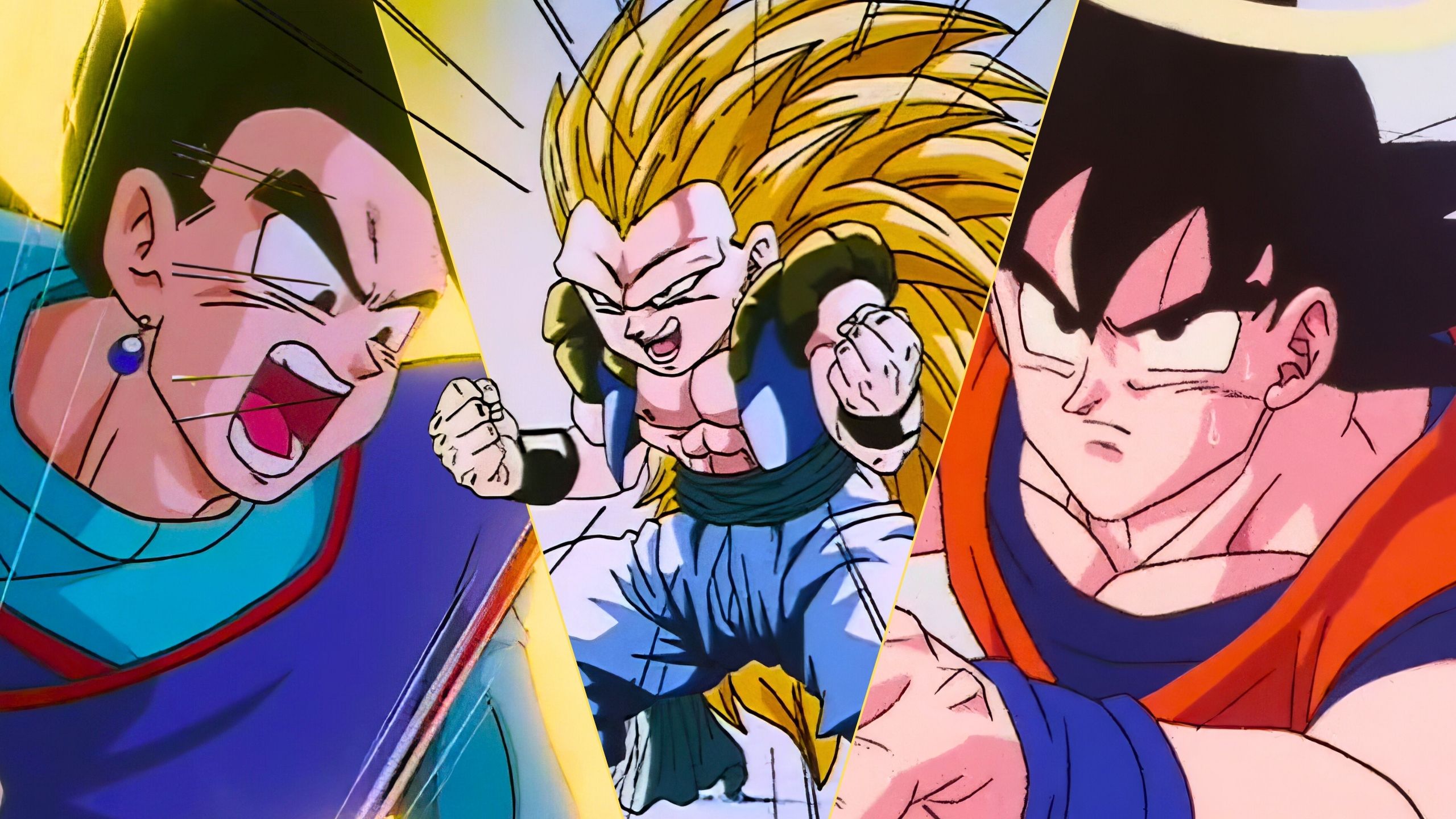
Drawing on over forty years of history, this series is widely considered Akira Toriyama’s greatest work. It’s understandable that he’d want to conclude it while he still felt enthusiastic about the story, rather than letting it continue just for the sake of it.
Watching *Dragon Ball* become such a massive hit, I realized there’s a lot going on behind the scenes, and it’s not always simple to wrap things up. I’ve heard that Toriyama actually thought about ending *Dragon Ball Z* a few times, but he kept going. While there’s still plenty to enjoy in the later parts of *Dragon Ball Z*, it seems pretty clear he wasn’t as invested as he once was.
Goku Comes Back To Life & Reclaims His Main Character Status In The Buu Saga
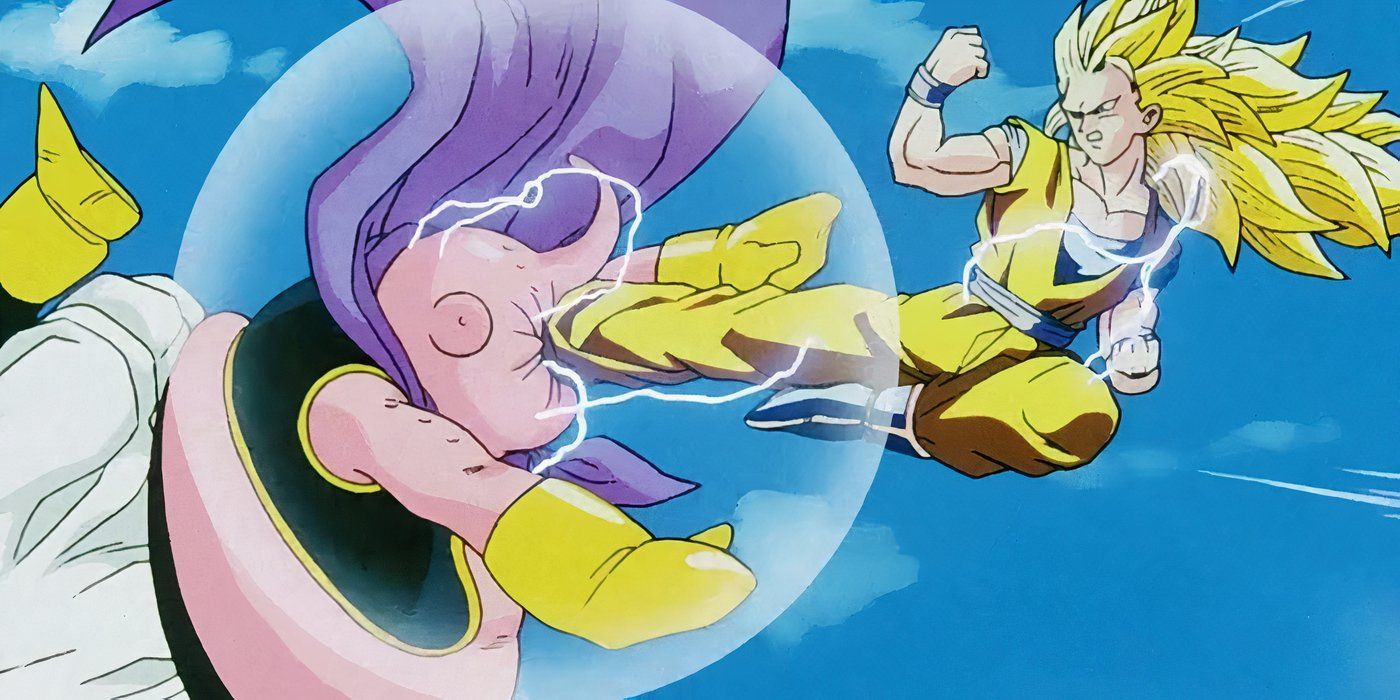
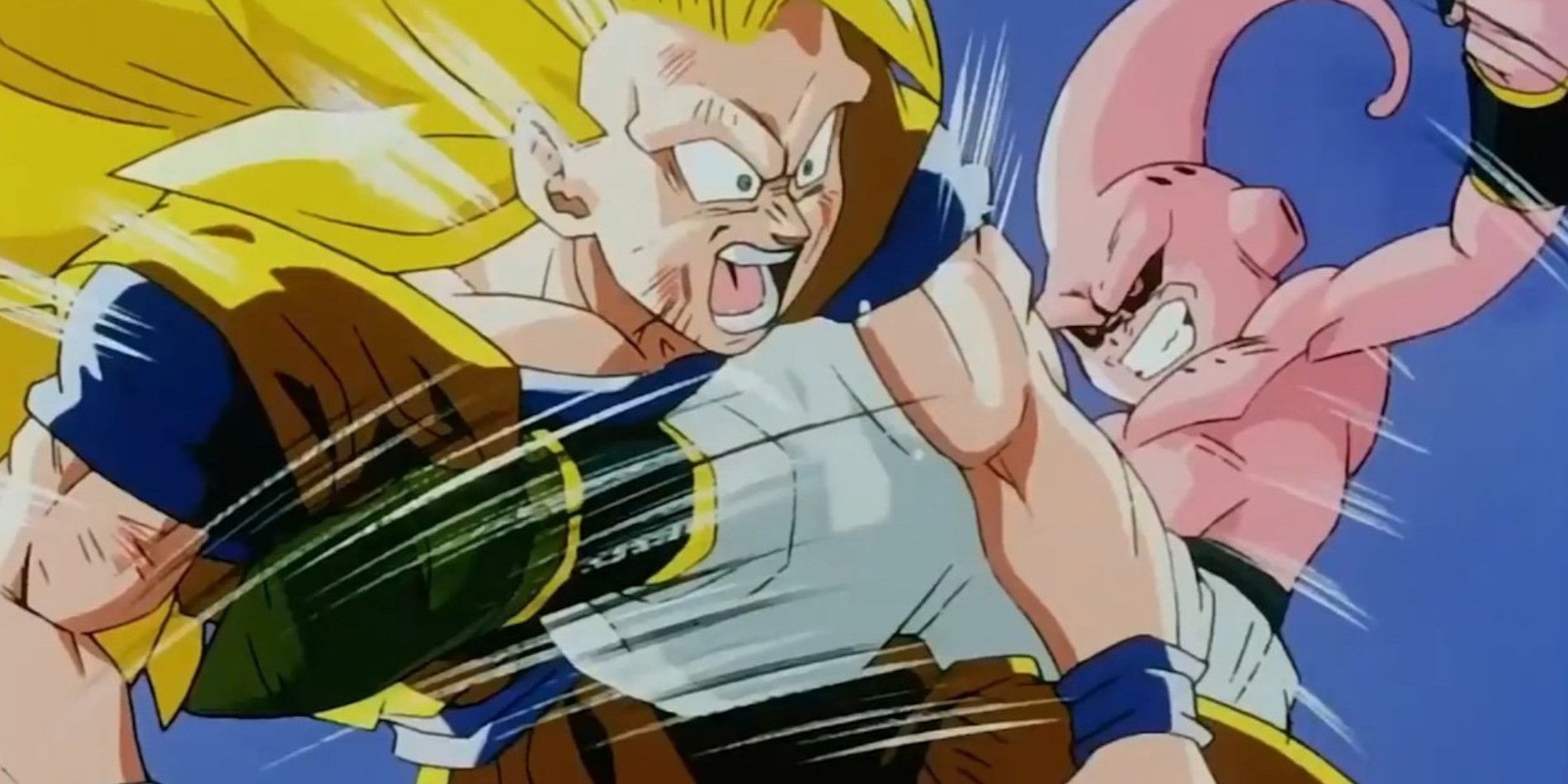
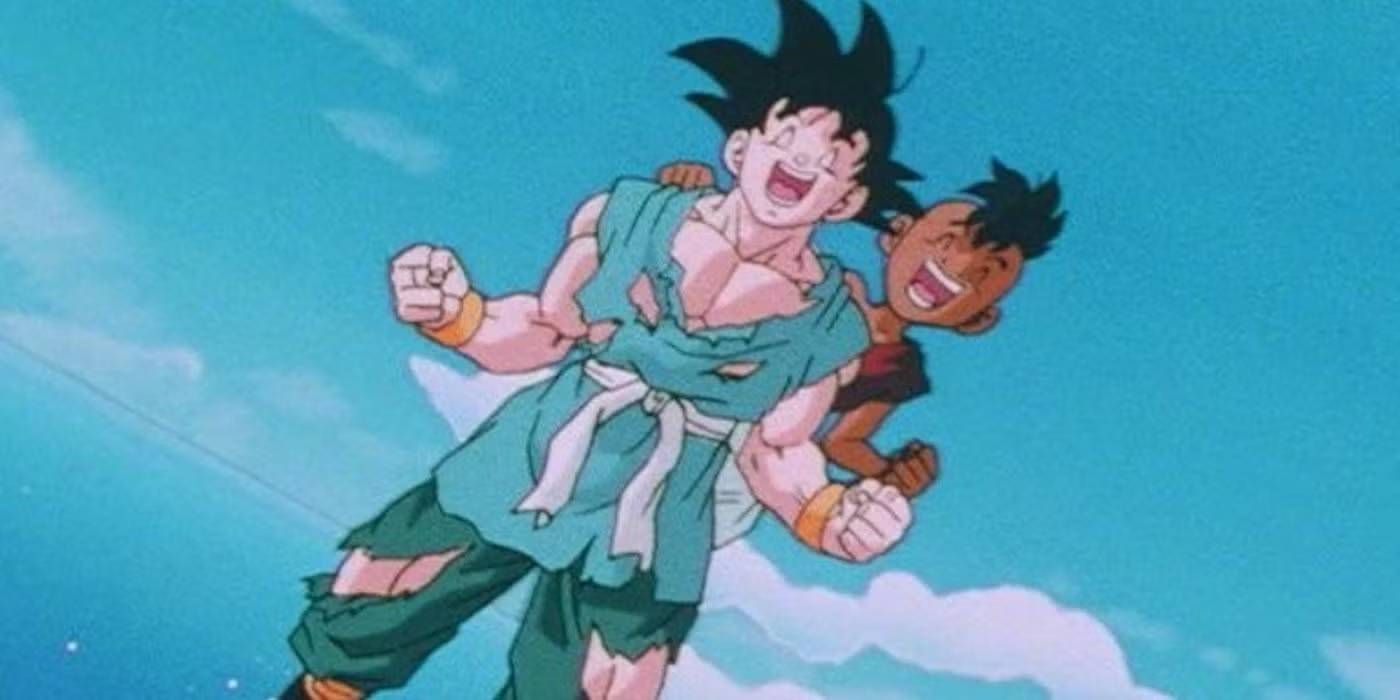
The series *Dragon Ball* follows Goku’s life, including his family and children. While Goku’s achievements set the standard in *Dragon Ball Z*, the show hints at Gohan’s incredible potential from the beginning. Eventually, Gohan exceeds Goku’s power and becomes the strongest fighter. This happens alongside Goku’s death and his choice to remain in the afterlife, which wasn’t accidental – the original idea was for Gohan to take over as the main hero.
Despite all the effort put into developing Gohan as the new lead, *Dragon Ball Z* ultimately fell back on Goku as the central character. While Gohan isn’t entirely sidelined, the series’ shift back to Goku makes the time invested in Gohan’s development feel somewhat pointless. This decision suggests Toriyama was looking for an easier path, allowing Goku to return to his familiar role of saving the day with a Spirit Bomb, instead of taking risks and exploring new directions with Gohan as the protagonist.
Gratuitous Super Saiyan Transformations Are Introduced To Rejuvenate Story
Becoming a Super Saiyan and Super Saiyan 2 usually happens when someone experiences intense emotions or trauma, alongside great strength. However, during the Buu Saga in *Dragon Ball Z*, this changed. Both Goku and Gotenks reached these transformations simply by becoming strong enough, without needing a strong emotional event to trigger it. The Super Saiyan 3 form also has a very over-the-top design that feels almost like a joke.
While Super Saiyan and Super Saiyan 2 were crucial for winning battles, Super Saiyan 3 feels like it was added just to extend the fight and doesn’t really contribute much. Goku doesn’t actually beat Buu using this form, and it comes across as a rushed addition rather than a well-thought-out strategy. Plus, characters started achieving Super Saiyan transformations much more easily – Goten and Trunks reach this level of power when they’re just seven and eight years old.
The Buu Saga Reverts To Toriyama’s Gag Comedy Roots
Akira Toriyama is celebrated as a master of action in shonen manga, but he actually began his career creating funny, lighthearted stories like *Dr. Slump*. Even the early chapters of *Dragon Ball* were more focused on comedy than action, with the serious fighting not really taking center stage until the World Martial Arts Tournament. While *Dragon Ball Z* is known for its action, it still included plenty of humor and less serious episodes.
The series experiences a noticeable shift towards lighthearted, slapstick humor, reminiscent of earlier Dragon Ball work. This feels like a creative reset for Toriyama, who may have been feeling exhausted from constantly focusing on intense battles. Characters like Goten, Trunks, and even Buu contribute to this comedic turn, sometimes pushing the show into outright silliness. While this change isn’t universally loved by fans, it hints at Toriyama’s growing frustration and uncertainty about where the story was headed.
Dragon Ball Z’s Villains Become Increasingly Formulaic
Early opponents in the original *Dragon Ball* and the beginning of *Dragon Ball Z* were very different from one another. However, by the time the Cell Saga arrived in *Dragon Ball Z*, the creator, Toriyama, appeared to be reusing a successful formula. A key part of this was villains like Frieza, who would power up through multiple transformations to reach their strongest form.
The strategy is interesting at first, but it feels repetitive when used with both Cell and Majin Buu. While their transformations have some minor differences, the core idea is the same, suggesting Toriyama was happy to reuse a familiar battle mechanic rather than create truly original villains. Both Cell and Buu also mirror the heroes by using their own signature moves against them.
Fusion Is Leaned On As A Gimmick For New Characters
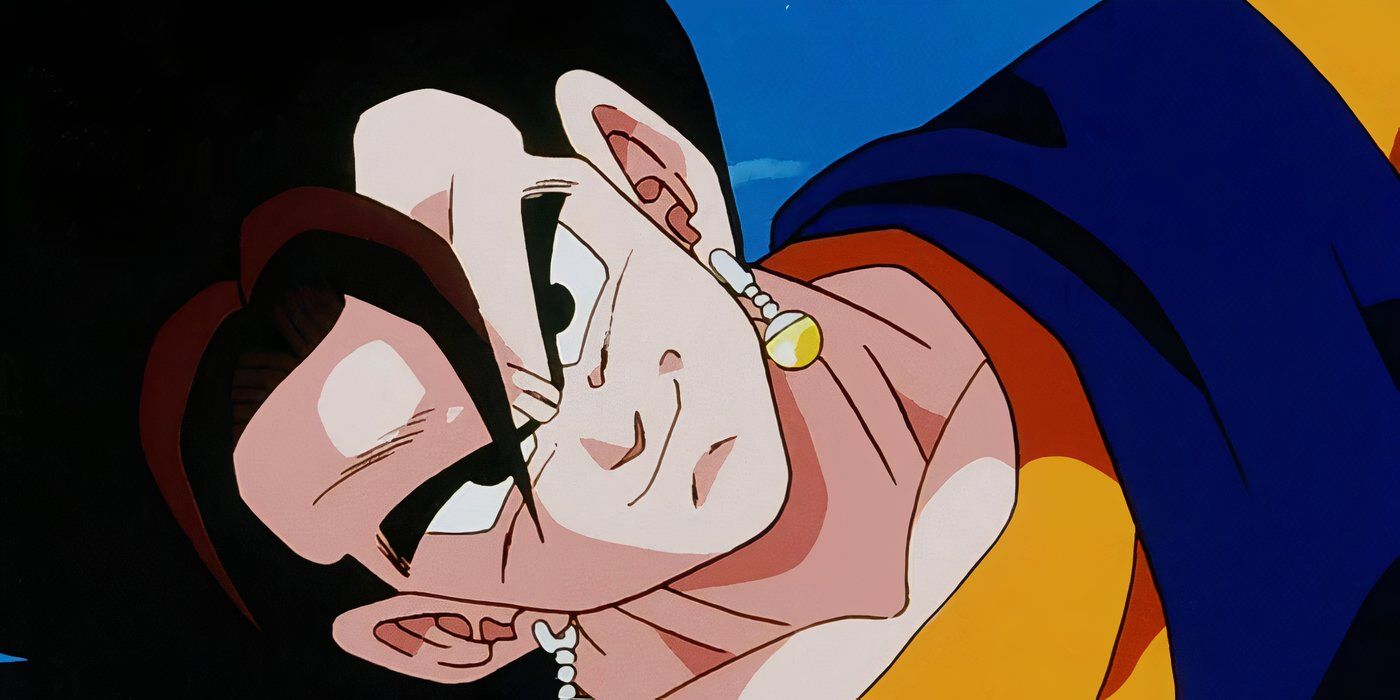
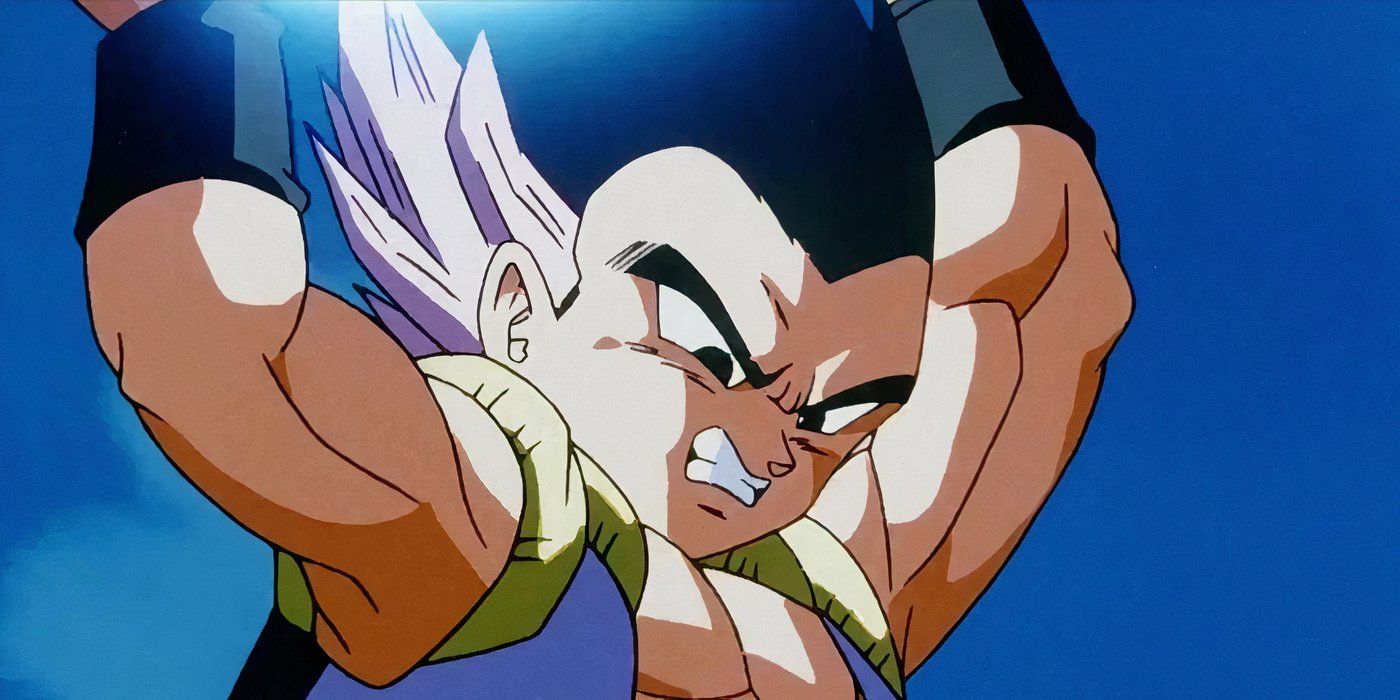
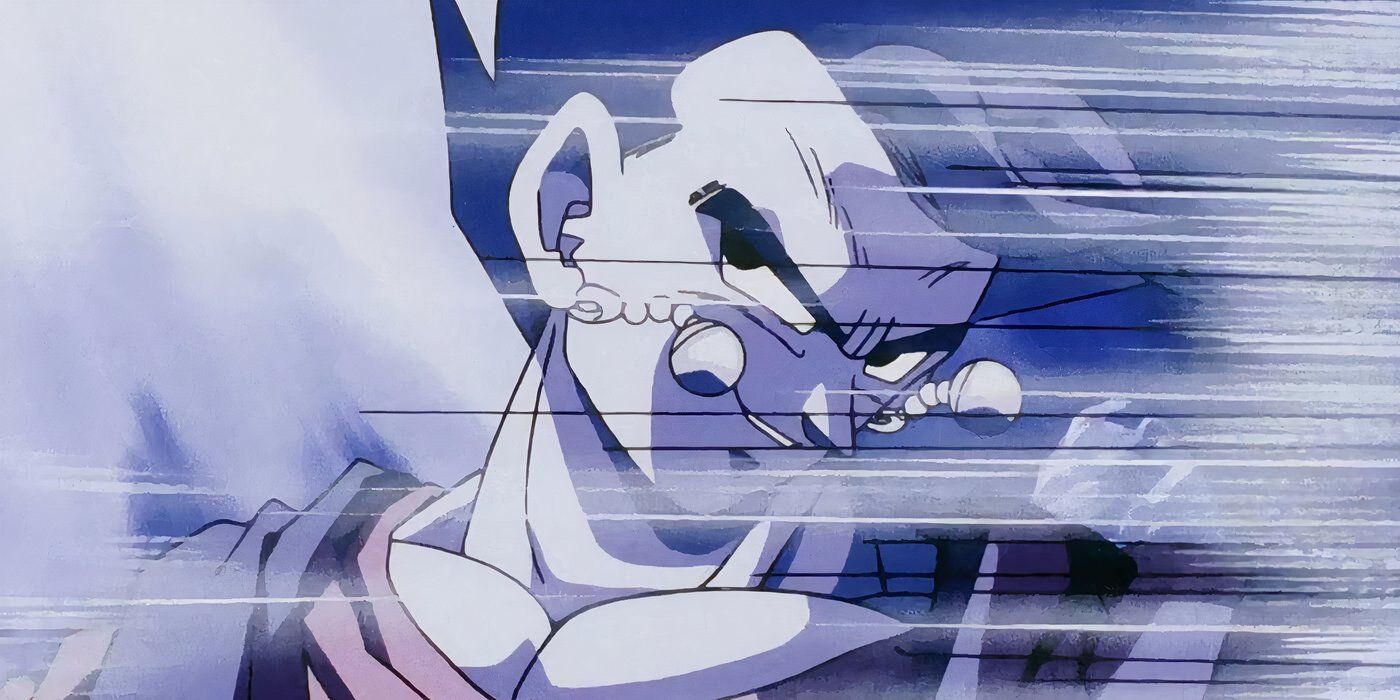
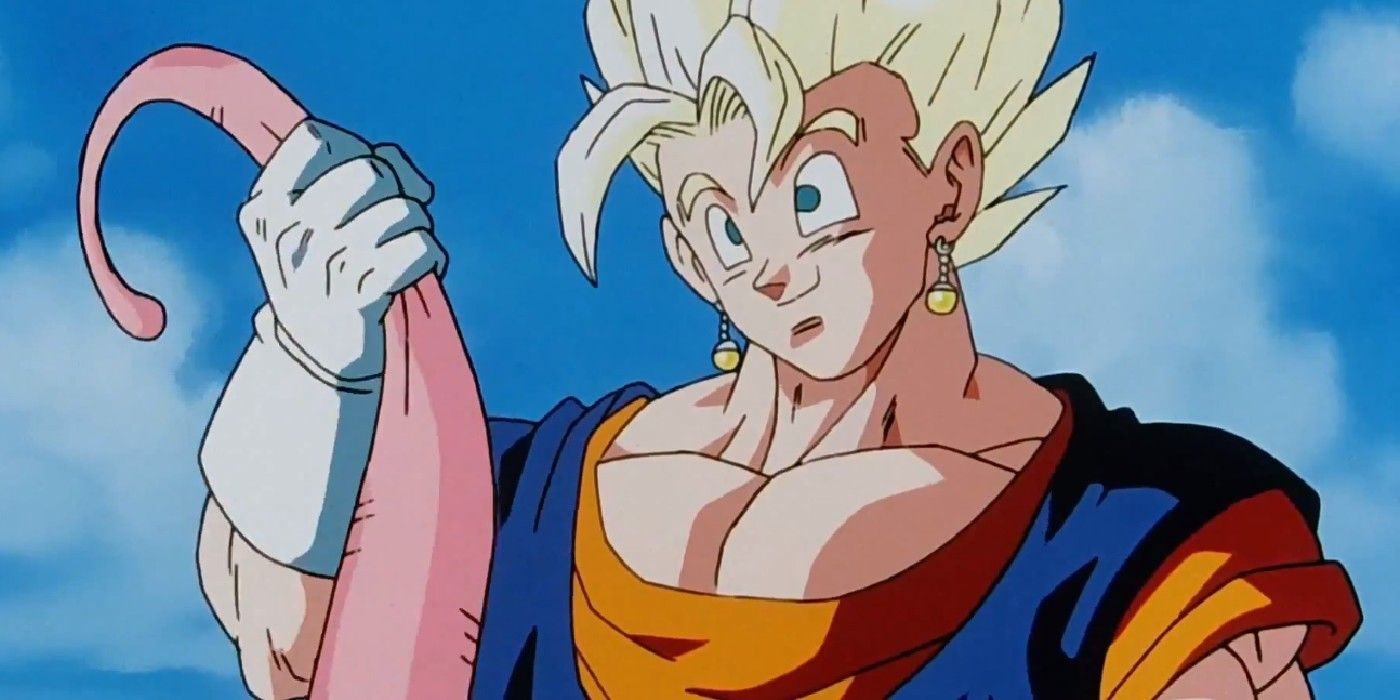
By the time the Buu Saga arrives in *Dragon Ball Z*, the show is full of incredibly strong characters. This creates a challenge when new villains appear – they need to be significantly more powerful than those before. Characters can only grow so much naturally without it feeling forced. To overcome this, *Dragon Ball Z* introduces fusion, a clever way for two powerful fighters to combine their abilities and become even stronger.
Fusion plays a major role throughout much of the Buu Saga, and it’s become increasingly popular in the *Dragon Ball* series, leading to some exciting new developments. However, it originally started as a way to temporarily boost the action with what felt like fresh characters.
Significant Time-Skips Become More Prevalent In The Storytelling
Many action-packed anime, like *Dragon Ball*, use time-skips, but they can be done well or poorly. *Dragon Ball* originally used these skips effectively, building anticipation for each new World Martial Arts Tournament by showing how much stronger the characters had become. However, time-skips can also be a shortcut, quickly advancing a character’s growth or moving the story forward without actually *showing* that progress.
The story skips ahead in time between the Cell and Buu arcs, and then jumps forward a full ten years after Kid Buu is defeated. These jumps are even bigger than the five-year gap between the original *Dragon Ball* and *Dragon Ball Z*. This willingness to quickly move past large portions of the characters’ lives suggests Toriyama was comfortable summarizing those years rather than showing them.
Dragon Ball Desperately Repeats Its Greatest Hits
Throughout the long story of *Dragon Ball*, Akira Toriyama consistently presents imaginative concepts. While the final Buu Saga still introduces new ideas, it also relies on familiar elements that have proven successful. The fight between Goku and Vegeta in the Saiyan Saga is considered one of the best in *Dragon Ball Z*, so putting them in another intense battle carries the risk of diminishing that original, memorable moment.
While this scene definitely brings back fond memories, it’s important that it doesn’t hinder the characters’ growth. Although the situation is different from the original, the core message still resonates. Many fans enjoy this fight, and it has some great moments, but it feels like a predictable move designed to generate attention. It’s a comfortable choice, but not necessarily the best one.
Increasingly Extreme Consequences & Cliffhangers Are Indulged In
It’s common for long-running stories to constantly increase the danger to keep things exciting. But this is tricky for a show like *Dragon Ball* where the characters are already incredibly powerful. *Dragon Ball Z* had already shown huge battles with planets being destroyed and many characters dying. However, the Buu Saga takes things even further, with over-the-top moments that feel almost excessive. For example, Super Buu’s attack wipes out most of the people on Earth.
Honestly, when Kid Buu destroyed the Earth, it felt like a *massive* moment, but also… predictable. It’s a big deal for a villain to actually wipe out the planet in *Dragon Ball Z*, but the show *needs* Earth, so you just know it’s going to be fixed somehow. And after something that huge happens, it’s tough to one-up it! It really felt like the writers were thinking this might be the end, and whatever came next would have to be even more epic.
The Dragon Ball Rules Become Less Stringent To Aid Storytelling
I’ve always known the Dragon Balls as central to the whole Dragon Ball story, but it’s easy to forget things were simpler at first. There used to be just one set, granting only a single wish. Things started to change with *Dragon Ball Z* – we began seeing new sets appear, and even Earth’s original Dragon Balls got improved and had their rules altered when Dende became the new Guardian. Honestly, it feels like those changes were more about making the stories easier to follow than any real necessity.
This change gave Akira Toriyama more freedom with things like bringing characters back to life and other established rules. This became particularly noticeable towards the end of *Dragon Ball Z*, where new rules were added to help move the story forward as Toriyama envisioned it. For example, the characters discover a way to save a wish, allowing the Dragon Balls to be used again sooner than a year. There were times when these updated Dragon Ball rules were used to resolve plot issues, rather than Toriyama finding alternative solutions.
Toriyama Took A Step Away From The Franchise With Dragon Ball GT
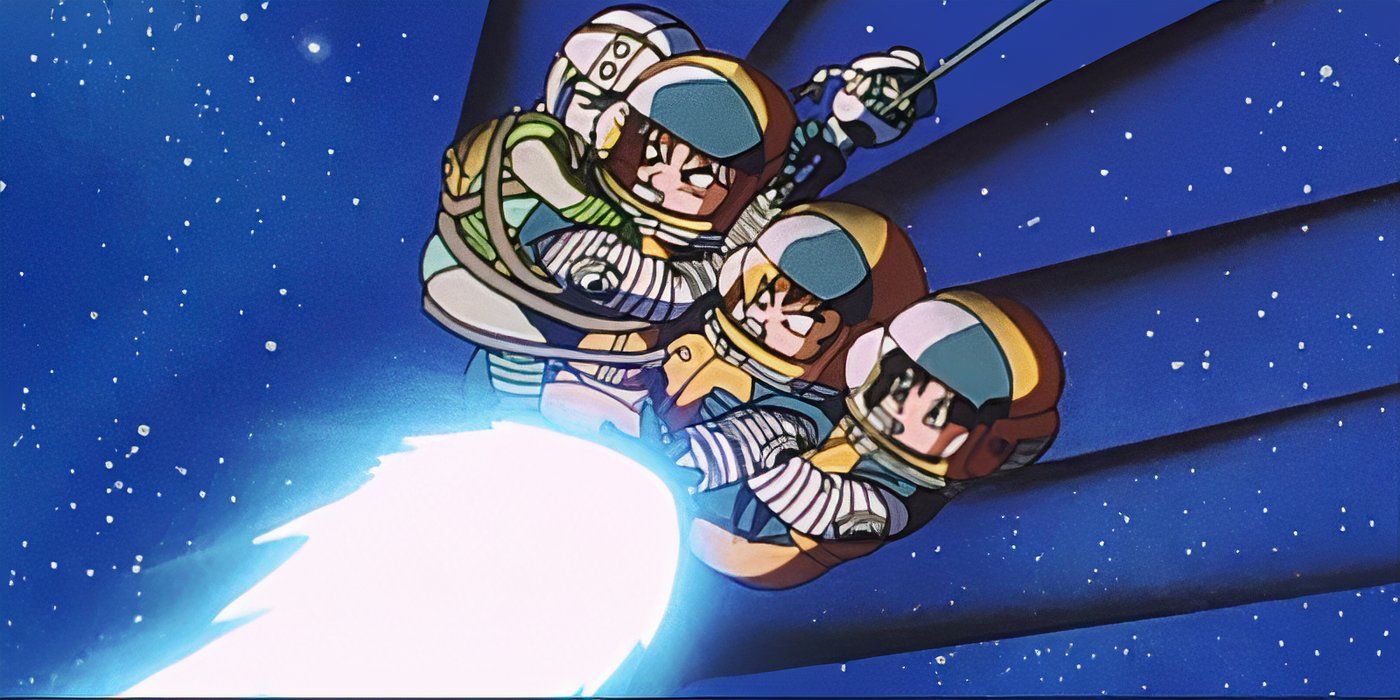
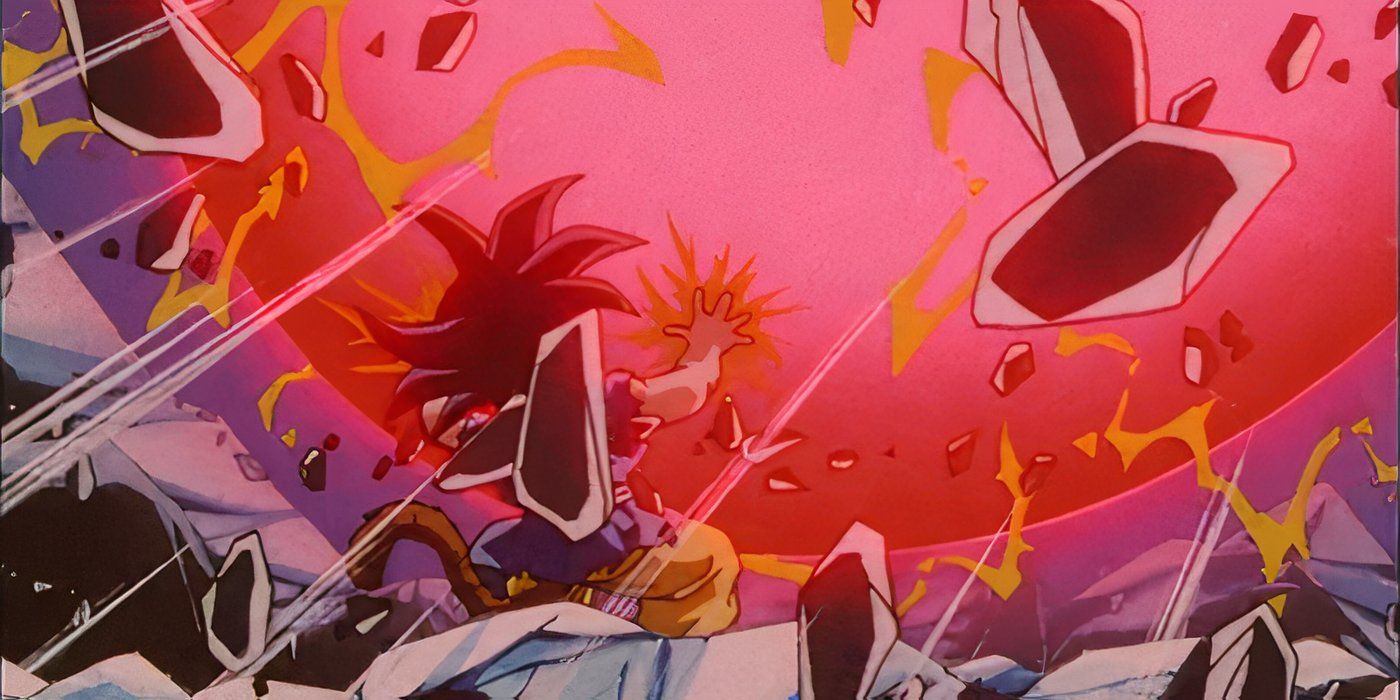
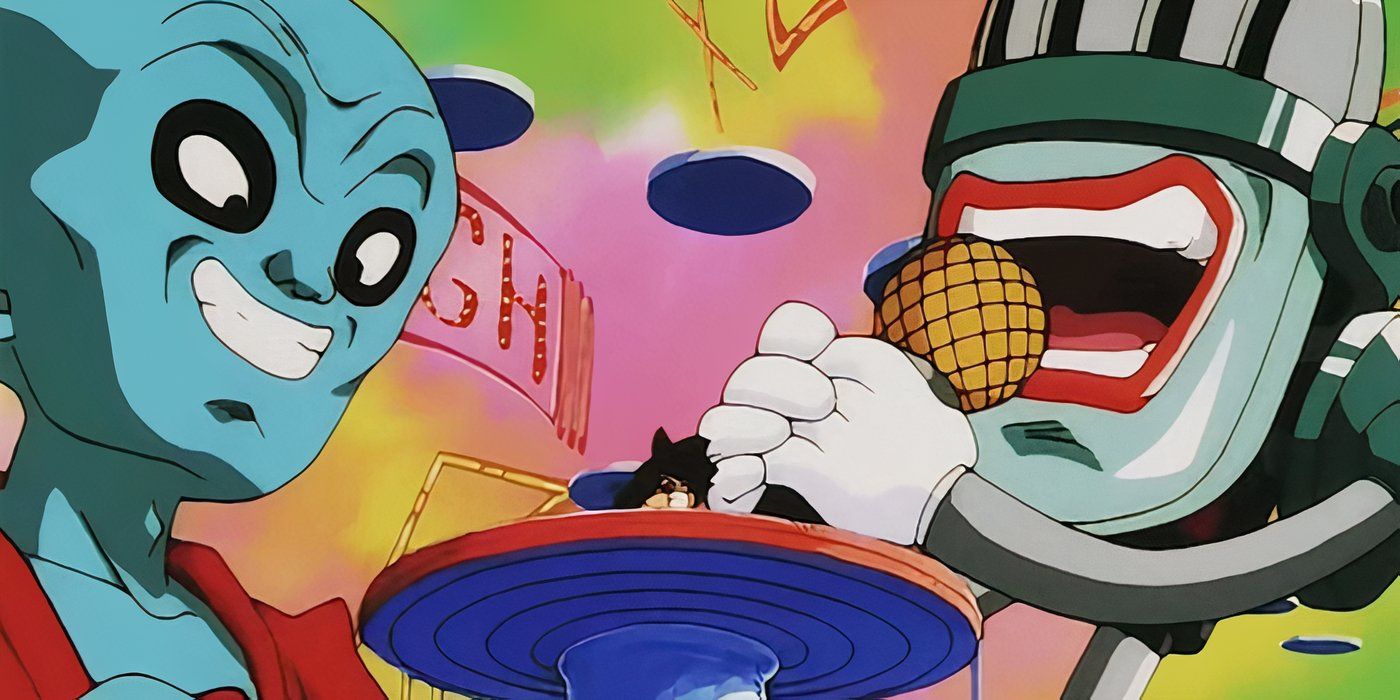
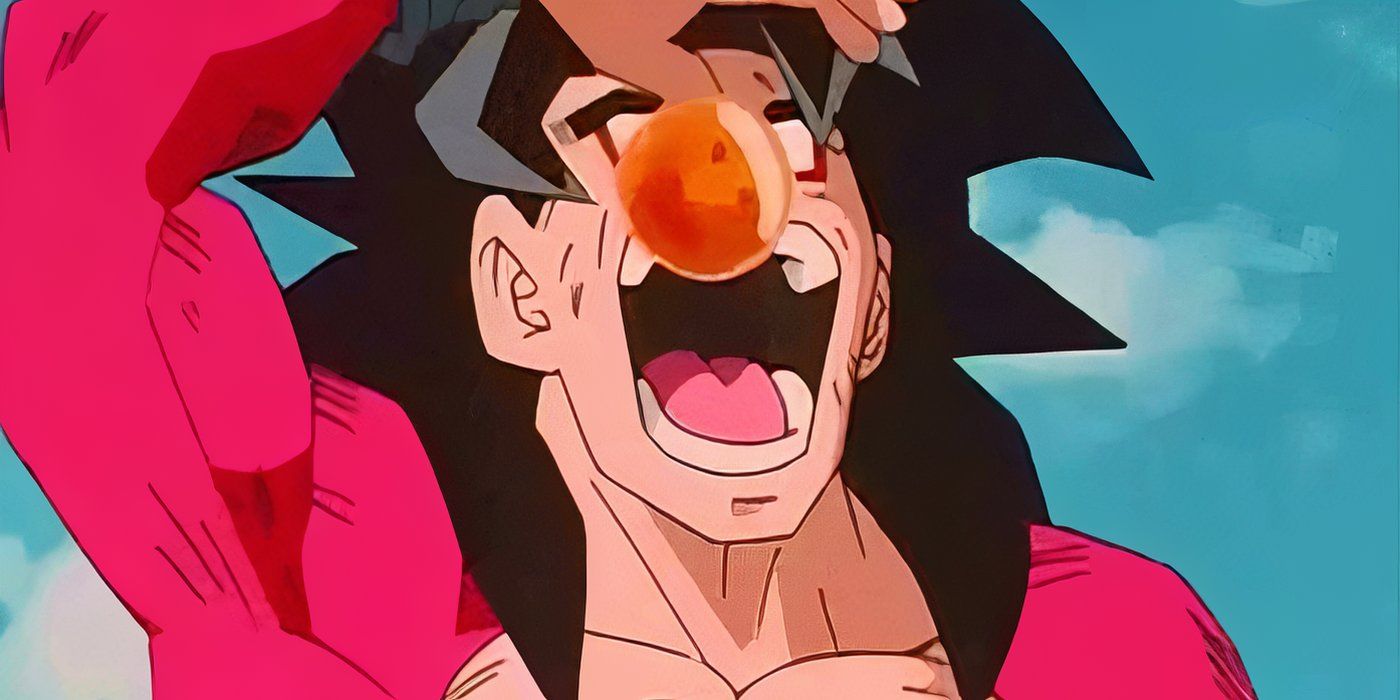
A key indicator that Akira Toriyama was losing interest in *Dragon Ball Z* was his limited involvement with its follow-up, *Dragon Ball GT*. Unlike *Dragon Ball* and *Dragon Ball Z*, which were based on his manga, *Dragon Ball GT* was an original anime created by Toei. Toriyama contributed some character designs and visual elements, but it marked the first time a *Dragon Ball* series continued without his direct storytelling input.
Toriyama was already thinking about finishing *Dragon Ball Z*, making it unlikely he’d create a manga to go with *Dragon Ball GT*. He *could* have been more involved in the production process, similar to his work on *Dragon Ball DAIMA*, but his limited involvement suggests he was ready to step away and let others continue the story.
Read More
- Золото прогноз
- Прогноз нефти
- Серебро прогноз
- Absolute Superman Uses AI to Put a Twist on Iconic DC Location
- EPCOT Testing Changes to Guardians of the Galaxy: Cosmic Rewind Pre-Show Procedures to Give Advantage to Paid Lightning Lane Guests
- ‘Fantastic Four: First Steps’ Suffers Yet Another Defeat on Digital Streaming
- I Thought I Had Seen Every Version Of A Movie Car Chase, But One Battle After Another’s Climax Blew My Mind And Stressed Me Out
- Christina Haack Left Her Husband In The Middle Of Filming The Flip Off. After Big Payment, He’s Not Holding Back
- Sequel to Mark Walhberg’s “Worn-Out” Record-Breaking Action Comedy Gets First Look & Plot Synopsis
- FX’s English Teacher Is Peak Millennial Representation, And I Feel So Seen
2025-10-18 05:42